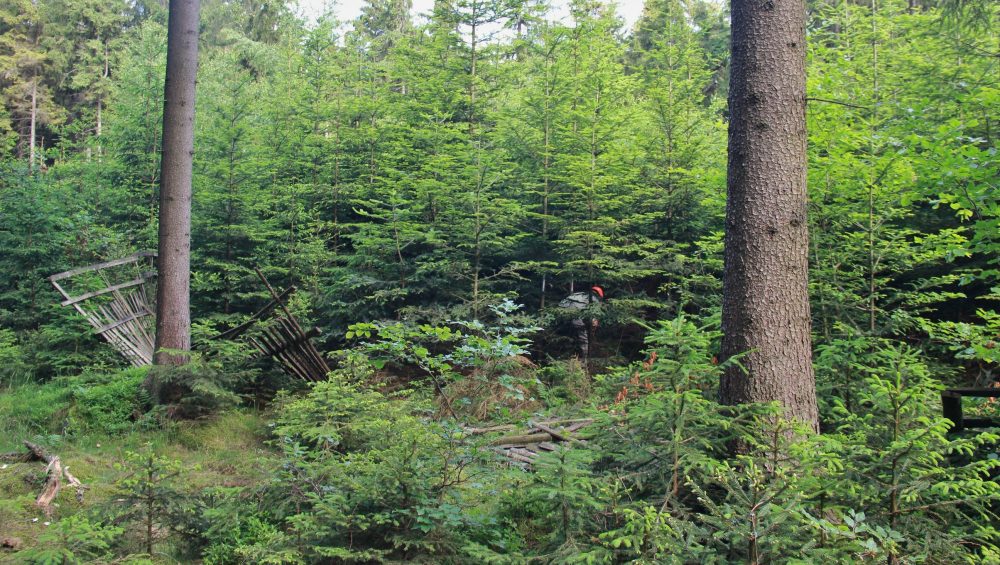Session 4: Silviculture
 As a result of current bark beetle calamity large-scale (even 100 ha individually) clear-cuts have occurred. In Central Europe, these clear-cuts totalled tens of thousands of hectares. The open areas cannot be reforested in the Traditional way such as frequently used artificial planting. For example, shade-tolerant native species do not perform well within the large clearings and the area of destroyed sites limits establishment of new stands due to the lack of personal and economical sources of forest stakeholders. There is already some knowledge based on research and practical experience from renewal of other clearings after calamities in the past (windstorms, snow damage, air pollution etc.). The Working group Silviculture focuses on sharing guidelines for forestry practice in the countries involved. Therefore, the following working questions are addressed:
As a result of current bark beetle calamity large-scale (even 100 ha individually) clear-cuts have occurred. In Central Europe, these clear-cuts totalled tens of thousands of hectares. The open areas cannot be reforested in the Traditional way such as frequently used artificial planting. For example, shade-tolerant native species do not perform well within the large clearings and the area of destroyed sites limits establishment of new stands due to the lack of personal and economical sources of forest stakeholders. There is already some knowledge based on research and practical experience from renewal of other clearings after calamities in the past (windstorms, snow damage, air pollution etc.). The Working group Silviculture focuses on sharing guidelines for forestry practice in the countries involved. Therefore, the following working questions are addressed:
Session 2 is supposed to tackle following important questions:
- Which tree species are appropriate/available for reforestation of large-scale clear-cuts after calamity in the context of climate change?
- Which methods (natural/artificial regeneration, succession, two-phase regeneration) are appropriate/available for reforestation of large-scale clear-cuts after calamity in the context of actual social-economic conditions?
- Which measures are necessary in the new-established stands on clear-cuts for their stability and functionality in the future?
